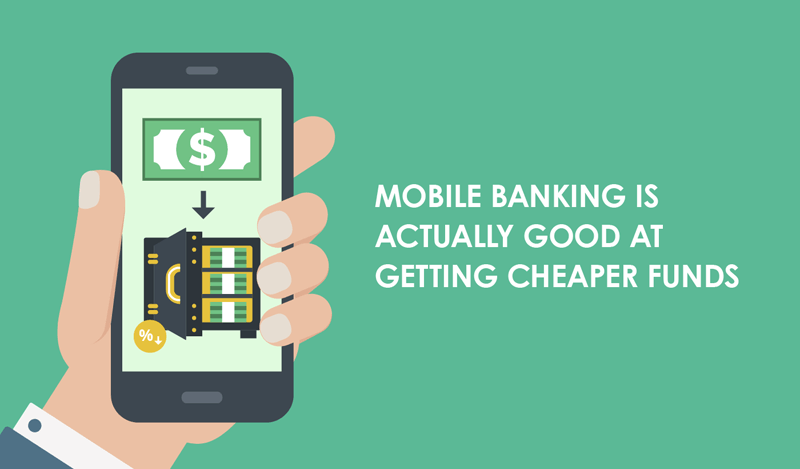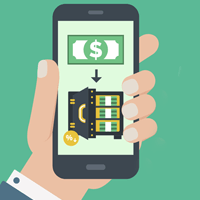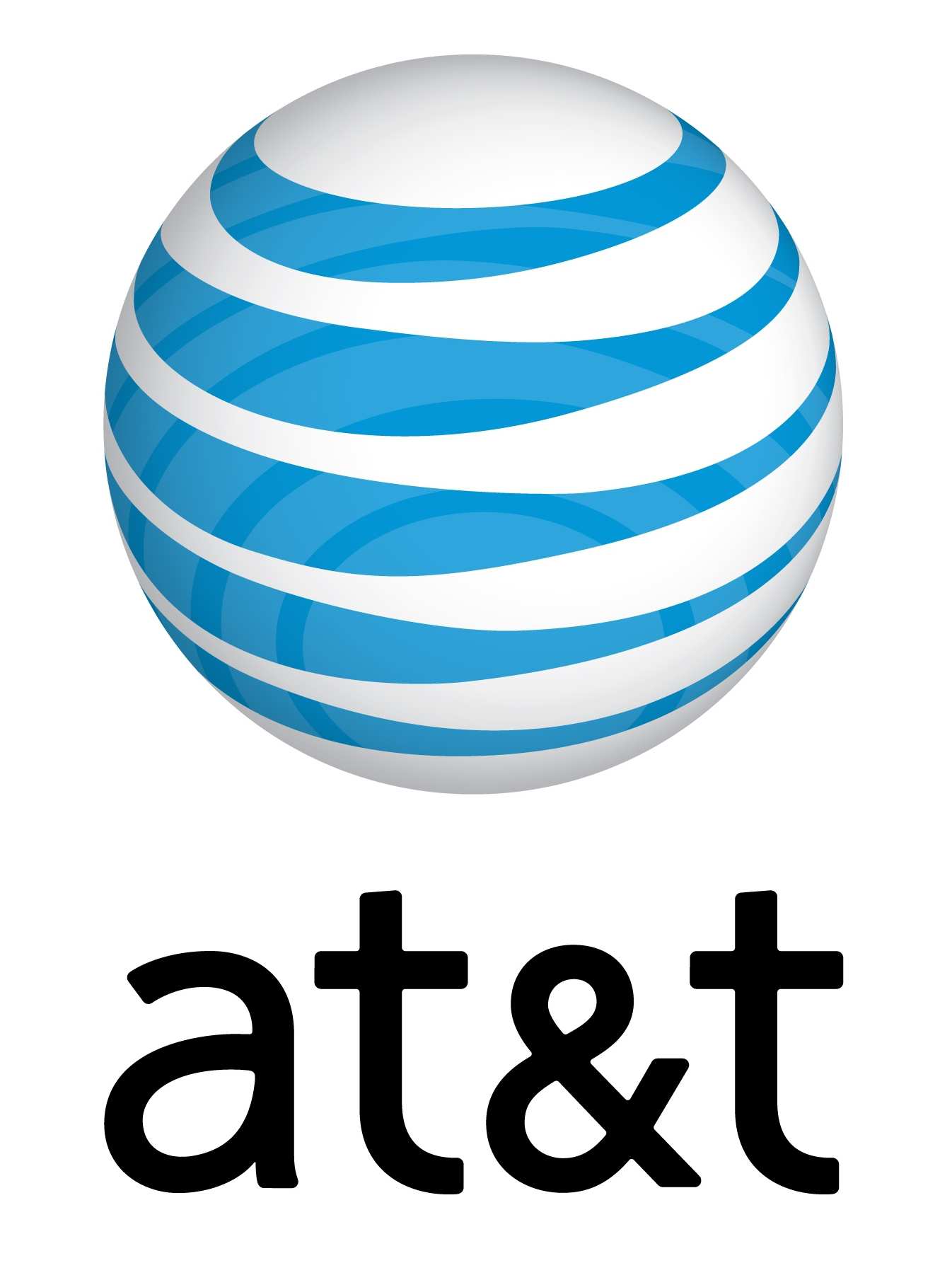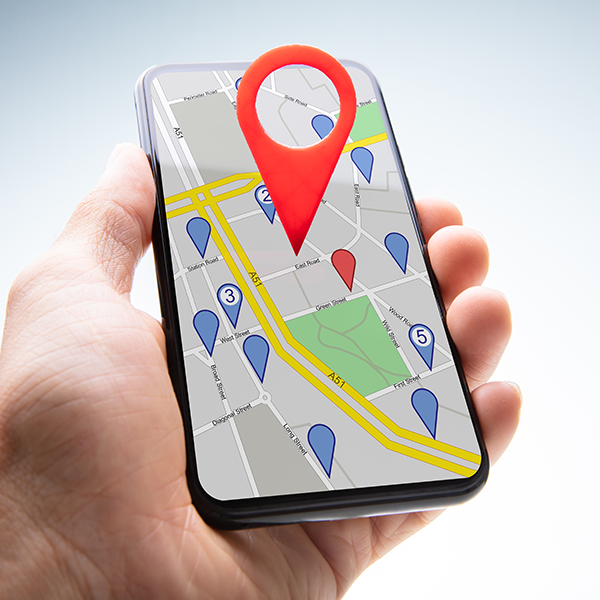Mobile banking can be actually good at getting cheaper funds

While most banks aspire to get cheaper funds, the way they promote their new products or services is usually not the best one. For example, when customers access an ATM for some cash and wait for money, the machine usually displays an ad of a new service from the bank. Unfortunately, such messages bring little value to customers, since banks often offer to call them back for more information and, what's more critical, provide a standard set of products for all ATM users. To prevent inadequate cross-channel experiences and failures in delivering contextualized messages, banks can opt for mobile banking apps.
Generally, mobile is seen as the channel to show up a transaction history or an account balance. Meanwhile, it has a much bigger potential than is usually assumed. Based on our experience in banking and finance, we came up with a few recommendations on how mobile banking solutions can create new opportunities to raise cheaper funds.

Why prompting messages matter
According to the Gallup U.S. Retail Banking Survey, 1 in every 5 customers open a new account or sign up for a new service from their bank within 6 months. Nearly half of these sales come from customers who already made up their mind to apply for a new service. Therefore, their bank doesn't need to take any marketing actions to induce customers. But another significant part of customers (33%) needs additional prompting to convert. In this case, banks have to contact their potential customers timely and on point in order to succeed with their offering. And here is where a bank mobile app comes into play.
Mobile banking has one vivid advantage of being closer to customers than any other channel, be it an ATM or a brick-and-mortar branch. That is why it can be a powerful tool to deliver highly personalized messages at the right time to the right customer. The key point is to define target customers who may be susceptible to buying more products from their bank at higher interest rates or fees compared to other banks' offers.
Choosing target customers
With a large customer database, it's an absolute necessity for banks to determine those customers who are most likely to react to their marketing efforts. So let's define the segment that can be most effectively targeted with bank's advertising messages displayed in a mobile banking application.
First of all, banks should narrow their target audience by excluding savvy investors, the ones who tend to take weighted decisions based on in-depth analysis of various options and their conditions from different providers. Another irrelevant group is the customers looking for the highest or speculative rate, because they traditionally play with higher risks to gain profit and, hence, won't be interested in depositing at lower interest rates. This leaves us with busy customers as well as those who are conservative and often driven by habits. To successfully deal with this target audience, a bank's proposal should deliver on convenience and security.
Ensuring convenience and security
- Convenience. Online and mobile banking must deliver convenient deposit certificate management. It is to enable making a deposit with only one click on a promotional message displayed as a suggestion on a customer's balance or a savings account screen. Those customers who value their time or simply don't feel like making sophisticated research, will appreciate the possibility to get a deposit certificate with little effort on their side.
- Security. One of the most effective ways to let customers feel protected is to deliver simple and straightforward conditions on new products in a single message with no hidden disclaimers. Banks should avoid complex statements or calculations, and, of course, refrain from any salesy tricks. All valuable information should fit the mobile screen, better even a half or one-third of the screen, since the screen space is extremely limited, and any notifications obtruding the view, especially if found irrelevant, will negatively impact the user's experience.
Takeaways to consider
A mobile banking app may have diverse implications for business, which range from reducing service costs to improving customer loyalty and even helping to gain the market leadership. Still, the potential of mobile banking to provide an access to cheaper funds is often underestimated or missed at all. Given the fact that banks' ability to attract customers is far from unlimited, they shouldn't overlook this opportunity. To successfully move in this direction, banks should also consider whether their mobile banking solutions ensure an easy and quick application process to avoid losing customers in the middle of the process. Only after that it makes sense to clearly define the banking product or service that would best appeal to the target segment.
Subscribe to Our Newsletter!
Latest in Mobile Marketing










